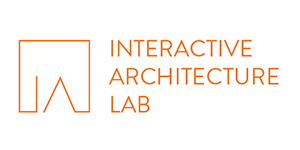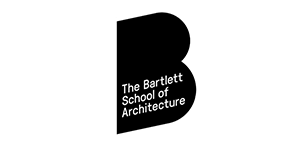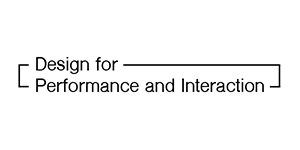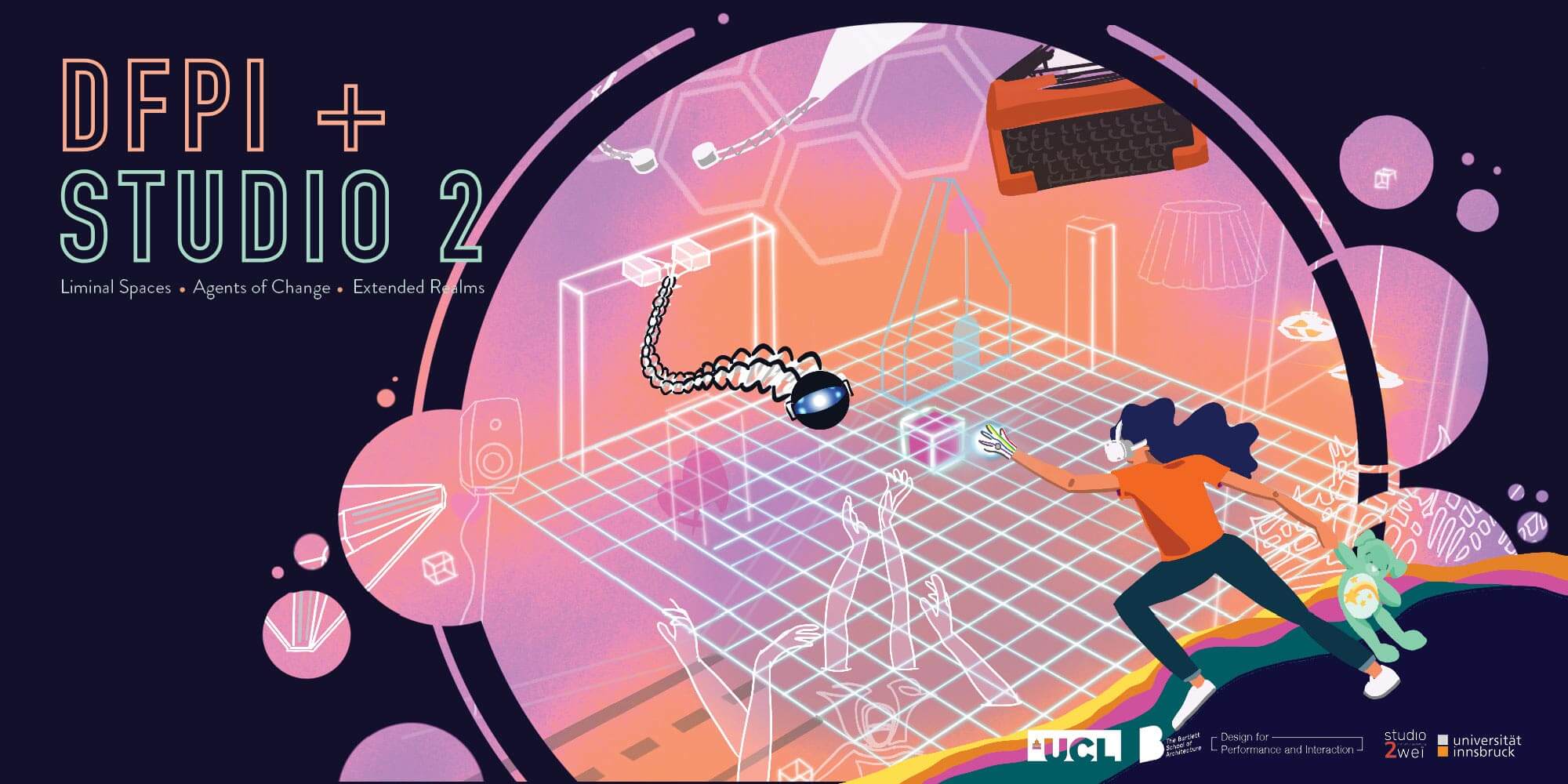“In the most general sense, care is a species activity that includes everything we do to maintain, continue and repair our world so that we may live in it as well as possible. That world includes our bodies, ourselves and our environment, all of which we seek to interweave in a complex, life-sustaining web.”[1] Then how do we maintain, continue and repair our world? We imagine futures, many of them, and then we realize them. One thing these futures must all have in common is, central to this year’s Ars Electronica theme Welcome to Planet B, to “change not only the world we live in, but also ourselves”.[2] Fundamental to any such change will be collaboration — collaboration as the embracing of interdependence as strength and relationality. The Bartlett School of Architecture’s MArch Design for Performance and Interaction and the University of Innsbruck’s Studio 2 MArch studios are joining forces to not only showcase work that addresses notions of collaboration in manifold ways, but to explore first-hand in a collaborative exhibition how interdependence might unfold as kinship across institutions, disciplines, communities, countries, individuals. To use Donna Haraway’s words, “Nobody can be kin to everything, but our kin networks can be full of attachment sites”.[3] With this in mind, DfPI x Studio2 look forward to welcoming you into our network of care for “more than human worlds”.[4]
Biography
Credits
University of Innsbruck and Bartlett School of Architecture, UCL











